A control valve is a power operated device capable of modulating flow at varying degrees between minimal flow and full capacity in response to a signal from the controlling system. Control valves may be broadly classified by their function as “on-off” type or “flow regulating” type.
A control valve is comprised of an actuator mechanism that is capable of changing the position of flow controlling element in the valve. The valve modulates flow through movement of a valve plug in relation to the port(s) located within the valve body. The valve plug is attached to a valve stem, which, in turn, is connected to the actuator.
The actuator, which can be pneumatically or electrically operated, directs the movement of the stem as dictated by the external control device. The actuator responds to an external signal which usually comes from a controller. The controller and valve together form a basic control loop.
There are many types of valves available, each having their advantages and limitations.
Control Valves Sizing
The basic requirements and selection depend on their ability to perform specific functions such as:
- Ability to throttle or control the rate of flow;
- Lack of turbulence or resistance to flow when fully open – turbulence reduces head pressure;
- Quick opening and closing mechanism – rapid response is many times needed in an emergency or for safety;
- Tight shut off – prevents leaks against high pressure;
- Ability to allow flow in one direction only – prevents return;
- Opening at a preset pressure – procedure control to prevent equipment damage; and
- Ability to handle abrasive fluids – hardened material prevents rapid wear.
TIPS AND TRICKS
Take the following tips into consideration when choosing a valve.
- Choose a valve that will pass the maximum flow when about 90% open.
- Choose a valve that will pass the minimum flow when about 10% open.
- Choose a valve that will pass the normal flow when about 60-70% open.
- Size control valves to absorb about 1/3rd of the total system pressure drop.
- Control valves should not be less than half the pipe size. Normally the valves exclusively envisaged for shut-off service shall be line size. Alternatively, they could be sized as control valves.
- In the case of lines with a diameter of up to 1″ the valve size shall normally equal that of the line. In the case of lines with a diameter larger than 1″ the valve size shall not be less than 1″.
- Valves shall generally have flanged connections as per rating envisaged in the line specification with the exception of valves with a nominal diameter smaller than or equal to 1½” which shall have a minimum rating of 300 ANSI.
- If you are dealing with a corrosive fluid, choose the valve body and trim material to match the pump casing and impeller.
- Velocity is the key to handling abrasive materials. Keep line velocity of about 10 ft/s for clean liquid. If you have a fluid that is abrasive, keep the velocity as low as possible, without having the particles drop out of suspension. When dealing with high pressure drop situations try always to keep the velocities below 0.3 mach on the inlet pipe, valve body, and outlet pipe.
- Always sense pressure where you want to control it. Many control valves and pressure regulators do not function properly simply because they are sensing pressure at one point and being asked to control it somewhere else.
- If you use a transducer in a control loop, specify a positioner on the valve. Otherwise the transducer will rob the actuator of available thrust, and the valve will leak when it is supposed to shut off.
- In cavitating fluids “be sure to allow a straight run of downstream pipe after the valve – even when the control valve has cavitation trim in it”. If there is a pipe “T” or elbow immediately downstream, the flow will choke out and back up into the valve.
- Remember that control valves only do what you tell them to. Many control valve problems turn out to be a problem somewhere else.
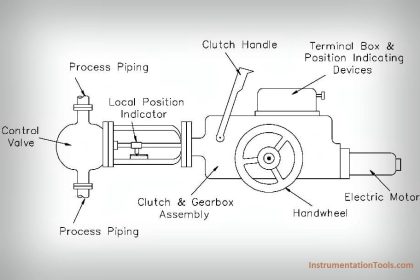
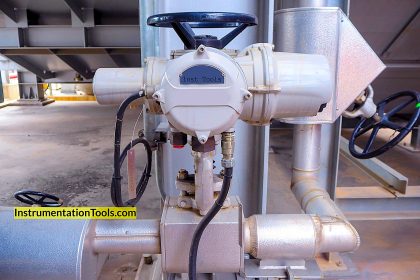

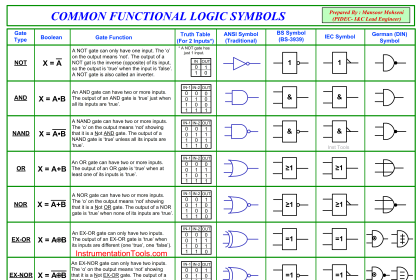
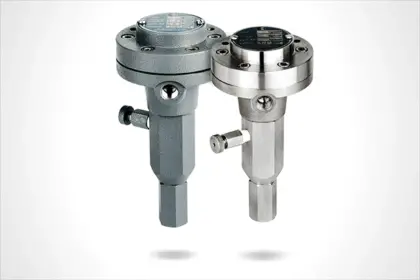
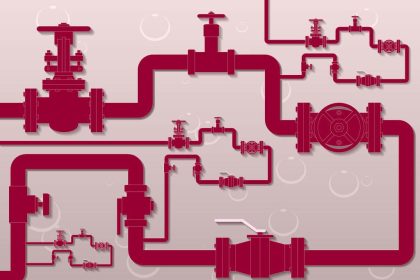
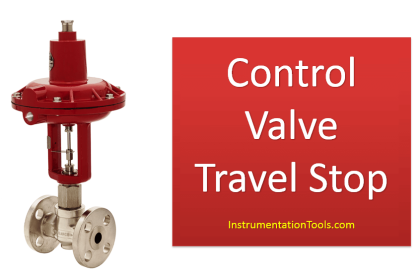
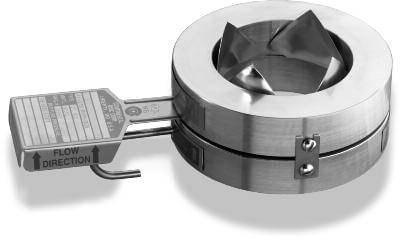
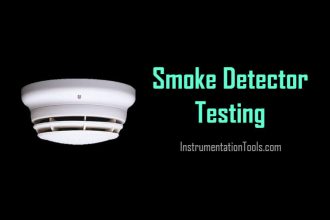
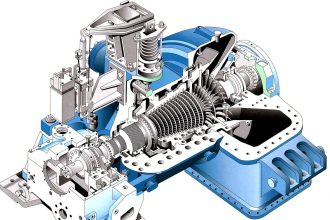
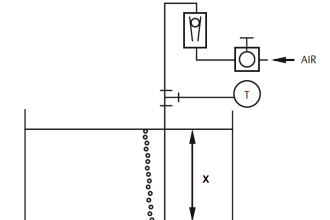
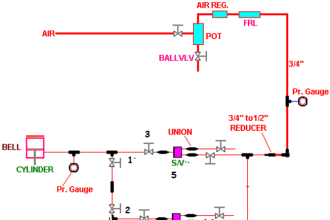
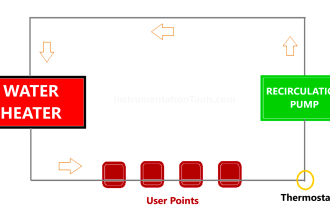
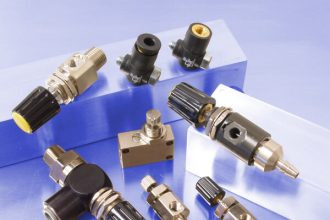
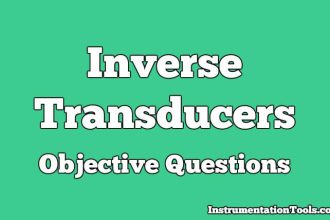

Hi sir,
first thank you this useful website and also the app.
Could you please explain more the tip No 7?
thanks
Thanks sir